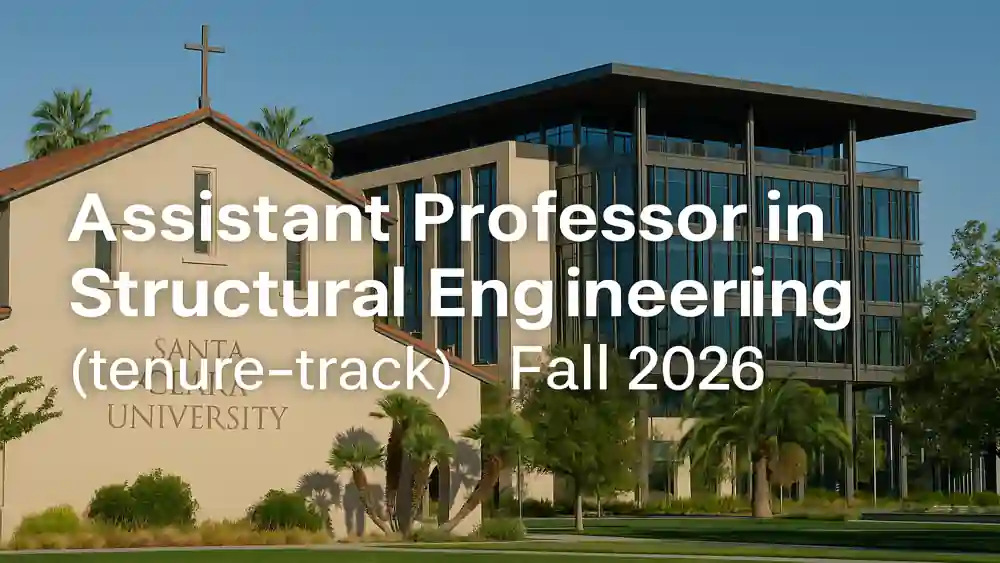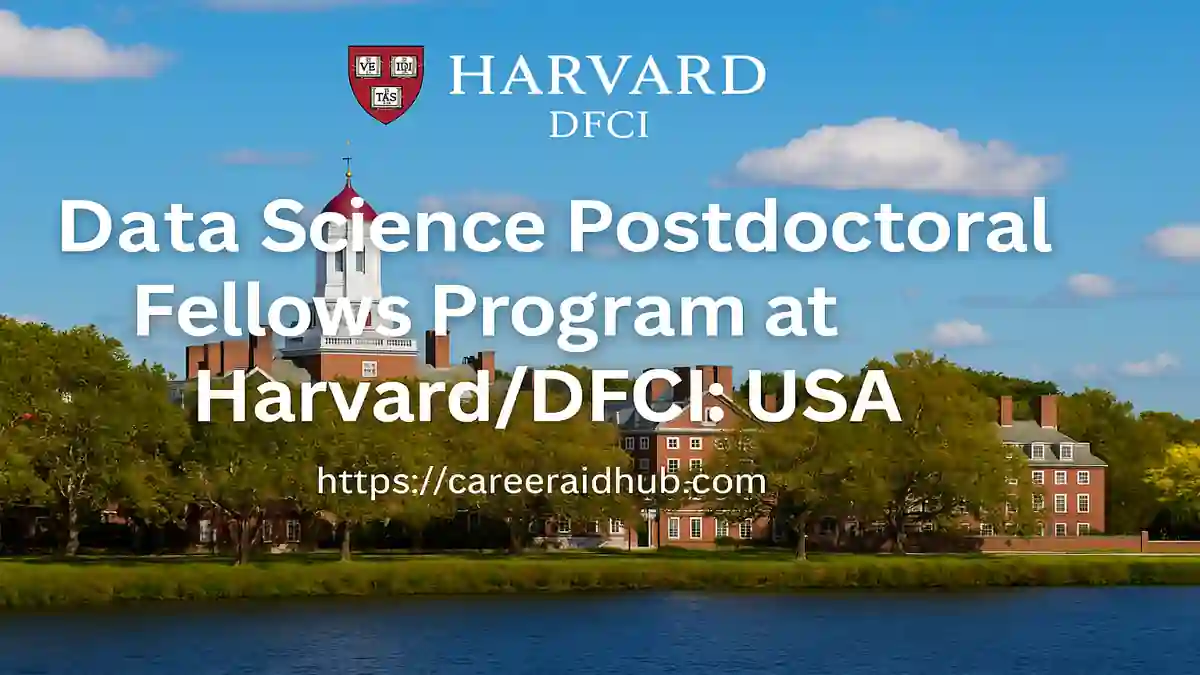Canada’s research landscape thrives on innovation, collaboration, and the cultivation of future leaders. To support this vision, the Natural Sciences and Engineering Research Council of Canada (NSERC) offers a suite of scholarships and funding programs designed to empower graduate students, postdoctoral researchers, and early-career scientists. These programs provide substantial financial support while fostering academic excellence, global engagement, and meaningful connections between research and society.
Whether you are pursuing a master’s degree, advancing to a doctoral program, or seeking international research opportunities, NSERC’s initiatives create pathways for growth across multiple disciplines. From the Canada Graduate Research Scholarships (CGRS-D and CGRS-M) to specialized supplements and Indigenous engagement grants, each program is strategically designed to nurture talent, strengthen skills, and drive discoveries that shape Canada’s scientific and technological future.
This guide delivers a comprehensive overview of NSERC’s flagship programs, offering insights into their objectives, eligibility, and unique benefits. It also provides practical advice to help applicants plan, prepare, and maximize their chances of securing these competitive awards.
NSERC funds graduate researchers through flagship scholarships and targeted supplements. Together, the Doctoral (CGRS-D) and Master’s (CGRS-M) awards, foreign study supplements, Indigenous engagement grants, and sector-specific add-ons create a coherent pathway from early graduate work to advanced research leadership across Canada’s universities.
Feature Details: NSERC Program Highlights
Canada
Graduate Research Scholarship – Doctoral (CGRS-D)
The CGRS-D develops the next generation of innovators, knowledge workers, creative thinkers, and researchers by underwriting high-quality doctoral training at eligible Canadian institutions. It does more than offset costs: it helps scholars devote sustained attention to ambitious, original projects that yield measurable academic and societal impact.
What the program aims to achieve
Beyond financial support, the award emphasizes rigorous mentorship and research integrity. By resourcing promising candidates at pivotal stages, it accelerates publications, strengthens supervisory relationships, and encourages collaborations with industry and government where appropriate.
Who typically benefits
Applicants who articulate a coherent research agenda, demonstrate strong methodological grounding, and show clear potential for leadership tend to be most competitive. Interdisciplinary proposals are welcome when they remain grounded in natural sciences or engineering.
Canada Graduate Research Scholarship – Master’s (CGRS-M)
The CGRS-M helps build core research skills and prepares students to become highly qualified personnel. It supports those who exhibit clear potential to contribute to Canadian research, often providing the first structured opportunity to lead projects, co-author papers, and engage with professional networks.
Why it matters for early researchers
At the master’s level, students refine techniques, learn to frame research questions, and develop the professional habits—planning, ethics, communication—that later support doctoral success. Consequently, CGRS-M often serves as a springboard to the doctoral competition.
Canada Graduate
Scholarships – Michael Smith Foreign Study Supplements (CGS-MSFSS)
The CGS-MSFSS enables high-calibre graduate students to build global linkages by pursuing exceptional research experiences at leading institutions abroad. Because international placements demand added logistics and resources, the supplement offsets travel and research costs while preserving continuity with the student’s Canadian degree program.
Strategic value for your CV
International fieldwork or laboratory residencies can diversify methods, broaden supervisory networks, and expose candidates to complementary facilities. Therefore, recipients frequently return with enhanced datasets, co-authored outputs, and new partnerships.
JSPS Postdoctoral Fellowships – Short-Term (Nomination by NSERC)
NSERC serves as the Canadian nominating authority for the Japan Society for the Promotion of Science (JSPS) Postdoctoral Fellowships – Short-Term program. Through this pathway, promising early-career researchers conduct advanced work at Japanese universities or designated laboratories, deepening Canada–Japan research ties.
Fit and readiness
Ideal candidates present a well-defined project, a committed Japanese host, and a timeline aligned with short-term objectives. Moreover, proposals that clearly advance the applicant’s long-term research program stand out during review.
NSERC Indigenous Student Ambassadors (NISA)
The NISA grant engages Indigenous students and postdoctoral researchers in community-focused science outreach. Awardees visit schools and community organizations to share lived research experiences, demystify STEM pathways, and encourage participation by younger learners.
Community impact
Because NISA activities are collaborative, they respond to local priorities. Ambassadors tailor demonstrations and conversations
Postgraduate Supplements
NSERC and partner organizations offer sector-specific supplements that augment graduate training in priority areas. These targeted awards can complement CGRS support and help align research with Canada’s evolving science and innovation needs.
-
- Alberta Innovates Graduate Student Scholarships
- Canadian Forest Sector Workforce Diversity supplement
- Canadian Poultry Research Council postgraduate scholarship
- DND/NSERC supplemental funding award
- Environment and Climate Change Canada Atmospheric and Meteorological graduate supplement
- Fisheries and Oceans Canada Aquatic Science supplement
- Supplement for Research in the Field of Impact Assessment
- Systematics Research graduate supplement
How these add-ons help
Supplements may provide research allowances, field access, or mentorship with sector experts. As a result, graduate projects gain clearer pathways to translation, policy relevance, or commercialization.
Integrating Programs: Strategic Insights
Why these scholarships matter
Taken together, NSERC’s scholarships form a pipeline of support from the master’s level through postdoctoral training. The system encourages excellence, broadens participation, and keeps Canadian research competitive internationally. Importantly, it also balances disciplinary depth with opportunities for cross-sector collaboration.
Who benefits most
-
- CGRS-D: Doctoral candidates ready to lead independent lines of inquiry.
- CGRS-M: Master’s students building fundamental skills and evidence of potential.
- CGS-MSFSS: Graduate scholars seeking international immersion toenrich methods or datasets.
- NISA: Indigenous researchers committed to mentorship and community partnership.
- Postgraduate supplements: Students whose projects align with sector missions and national priorities.
Suggested timeline & review pace
Institutional nomination windows generally occur August–November, with agency deadlines typically in October and results in spring. For the next cycle, expect similar months across programs; we will update soon once official schedules are posted.
Actionable Tips for Applicants
-
- Start early: Map requirements, contact referees, and compile transcripts well ahead of internal deadlines.
- Align objectives: Explicitly connect your aims to program mandates—innovation, global networks, community outreach, or sector impact.
- Show feasibility: Present a realistic plan, milestones, and risk mitigation. Reviewers value clarity as much as ambition.
- Demonstrate impact: Explain how your outcomes will advance knowledge, inform policy, or strengthen industry partnerships.
- Leverage combinations: Where permitted, pair core scholarships (CGRS-D or CGRS-M) with relevant supplements to enhance training value.
Attracting Backlinks & Boosting SERP Performance
To position your article as a reference piece and naturally earn backlinks:
-
- Interview experts: Short quotes from supervisors or award alumni add credibility.
- Share data: Include simple statistics (acceptance ranges, publication gains) when available.
- Offer tools: Provide downloadable timelines or budget calculators for proposals.
- Cite policy context: When relevant, reference national research strategies from government portals.
- Update regularly: Refresh deadlines and links each August before the fall cycle to maintain accuracy and search visibility.
Conclusion
NSERC’s portfolio—CGRS-D, CGRS-M, CGS-MSFSS, NISA, and sector-specific supplements—creates a clear, merit-based route for graduate researchers to sharpen skills, expand networks, and deliver tangible impact. Prepare thoroughly, verify program-specific rules, and coordinate early with your institution; the right combination of awards can power your research from proposal to publication.
Feature Details: NSERC Program Highlights
|
Feature |
Details |
|
Program |
CGRS-D, CGRS-M, CGS-MSFSS, NISA, plus Postgraduate Supplements |
|
Host Country |
|
|
Funded By |
Natural Sciences and Engineering Research Council of Canada (NSERC) |
|
Duration |
Varies by program (Masters, Doctoral, supplement durations) |
|
Study Mode |
Full-time or specified terms for certain supplements |
|
Eligibility |
Graduate students, postdocs, Indigenous students, and researchers |
|
Financial |
From training stipends to international funding supplements |
|
Fields |
Natural sciences, engineering, health, and related creative disciplines |
|
Deadline |
Program-specific; usually in fall — next cycle expected Aug–Nov; we will update soon |
|
Official Website |
NSERC Postgraduate Funding Overview |
References
Frequently Asked Questions (FAQs)
The CGRS-D provides three years of funding for doctoral students in Canada, supporting innovative research training, academic development, and leadership potential.
CGRS-M applicants must be enrolled in a Canadian master’s program and demonstrate strong academic achievement and research potential in natural sciences or engineering.
The CGRS-D offers $40,000 annually for up to three years, providing recipients with financial stability to focus entirely on their doctoral research.
The CGS-MSFSS program funds Canadian graduate students to pursue short-term international research placements, strengthening global academic partnerships and research networks.
NISA supports Indigenous students and postdoctoral fellows who promote science and engineering by engaging with schools and communities across Canada.
Some NSERC programs allow international students if they are enrolled at eligible Canadian institutions; eligibility requirements depend on the specific scholarship.
NSERC postgraduate supplements are additional awards supporting specialized research areas, including forestry, climate science, fisheries, and defense-related studies.
Applicants must apply through their institution’s graduate office, submit transcripts, research proposals, references, and meet internal nomination deadlines before agency submission.
Most NSERC scholarships close in the fall months. Internal university deadlines usually precede national deadlines, so start applications several months early.
NSERC scholarships provide financial support, international exposure, and community engagement opportunities, helping students build strong academic careers and contribute to Canada’s research innovation.
Premium Mentorship for a Stronger Application
- Premium Mentorship: personalised 1:1 guidance for this and similar opportunities
- In-depth review of your CV, academic profile, and key statements
- Aligned with international selection criteria so your profile matches what panels expect
- Stronger, more compelling narrative for highly competitive calls
- Step-by-step support from opportunity mapping to final submission (fee-based)










